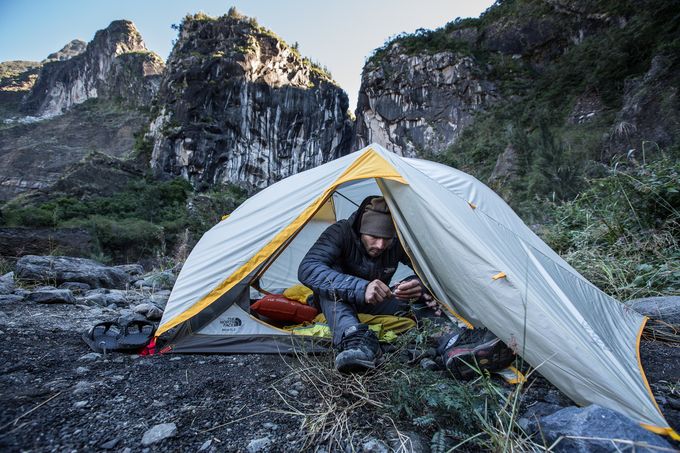
The best camping options for outdoors fans
Before you set of camping, you need to carefully consider the best camping options available for you. Camping is, for many people, the ultimate way to escape from the grind of daily life. It’s not just the remote places you can get to if you camp, there’s something about the act of spending a night under canvas that’s exciting in itself. Which is probably why kids are always begging their parents to let them sleep in a tent, even if it’s just at the end of the garden.
“While camping can take you incredible places and provide a way into amazing experiences it can also go horribly wrong.”
But of course, while camping can take you incredible places and provide a way into amazing experiences it can also go horribly wrong. Here are Mpora’s best camping options and what not to do if you try them.
WILD CAMPING
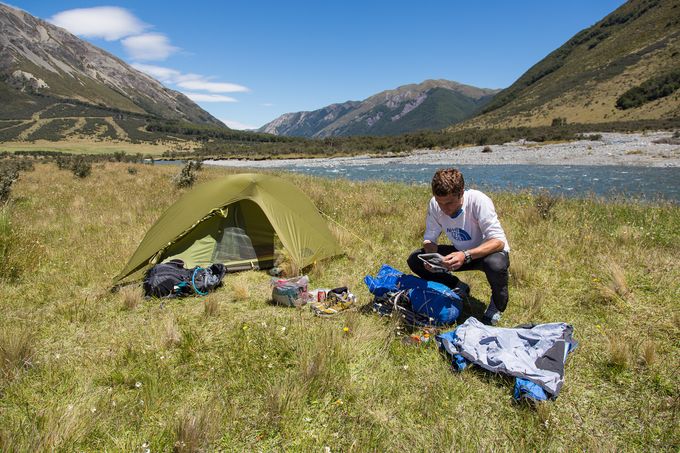
Undoubtedly the purest form of travel there is when it comes to available camping options, wild camping will take you as close to nature as you can get; in fact you don’t even need a tent – the likes of Bear Grylls will happily set up home inside the carcass of a dead grizzly, for example.
For the rest of us, it’s nice to have some canvas over our heads at the very least. A lightweight one/two person tent can easily be carried in your pack and, with useful extras like food and a sleeping bag allows you to live wild for days at a time.
“My longest spell in a two-man tent was 16 weeks”
My longest spell in a two-man tent was 16 weeks; it was fine as long as I was on my own, but when I was forced to share with a mate on a remote beach on the Portuguese Atlantic coast it eventually became unbearable. The reason? His feet, which smelt worse than a dead skunk.
The close confines of a small tent mean you need to get on well with anyone you’re sharing it with. You also need to be organised and tidy if you’re away for ‘civilisation’ for any length of time. But in return you get to sleep to the sound of the surf or a mountain stream; to wake up to the sun rising over snowy peaks or a wave washed beach; and, for a while at least, to be part of nature.
It’s good for your soul, if not for your soles…
TOP TIP: Remember the basics when packing. If you’re carrying everything on your back you want to keep it light but you don’t want to leave the essentials behind.
I once took a girlfriend on a wild camping trip, convinced she’d be impressed with my mountain man credentials. All went well until I started to erect the tent on the first night – and discovered I’d forgotten the tent pegs…
Needless to say we’re not together any more.
KEEPING IT IN THE FAMILY
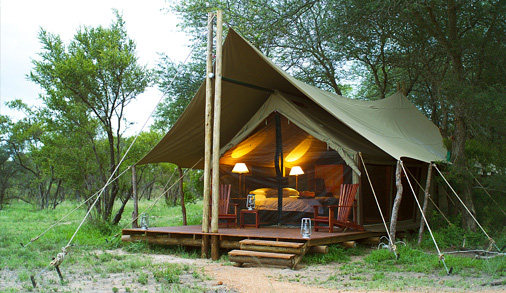
If you like living under canvas but don’t really want to rough it, a ‘family tent’ is the way to go when it comes to camping options. You definitely won’t be carrying one of these in your backpack as they weigh a tonne and come with frames and separate ‘rooms’, so you’ll be needing to stay on an organised campsite, and you’ll be getting there by car – which is great as it means you can carry every luxury under the sun.
This means a proper gas cooker, camp beds or blow-up mattresses, iPads and laptops, fridge, toilet – your tent is actually just like a house, with kitchen, bedrooms, living area etc., but made of canvas.
“Your tent is actually just like a house, with kitchen, bedrooms, living area – iPads and laptops, fridge, toilet, anything goes.”
A decent family tent is spacious and comfortable but still gives you the freedom of camping, which is stacks cheaper than staying in a hotel. Also, you can move on to a new location if the weather turns bad, the surf goes flat or you just don’t like the campsite.
Sure, it does take a bit of time to set up and break camp, but that’s all part of the fun (well that’s what my dad always used to tell me…).
TOP TIP: A good accessory to carry on family camping trips, and one that won’t take up any space, is earplugs.
The walls are as thin as paper (well, not literally, they’re actually a few microns thicker) so if you’re sharing with someone who snores, farts, shouts in their sleep or gets over active one way or another when the lights go out earplugs will shield you from the worst of it. Consider this when choosing your camping options.
DEMOUNTABLE/FIFTH-WHEELER
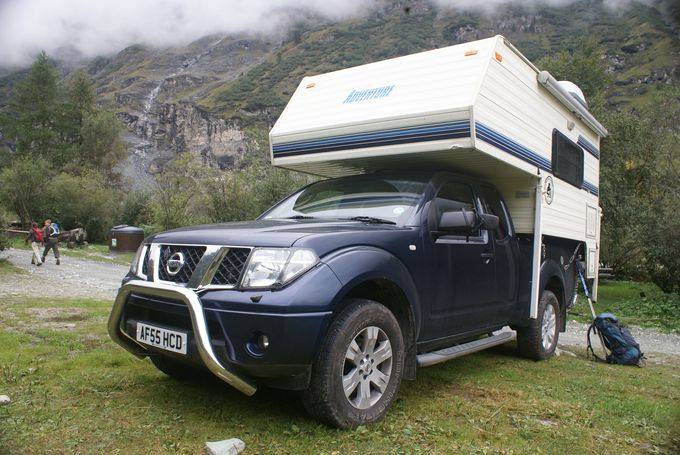
“What’s a demountable/fifth-wheeler?” I hear you cry.
Well, gentle reader, a ‘demountable’ is a small(ish) camper that sits on extendable legs – you raise it up, reverse a pick-up truck beneath it, wind up the legs, lash the camper down into the bed of the truck and away you go. This is an interesting entry in our camping options list.
A fifth-wheeler is a similar beast but it uses an articulated coupling in the bed of a pick-up to attach the two together; they’re usually bigger than demountables.
I had a demountable for years and found it to be the perfect compromise between motorhome and caravan. The fact that you can take it off the pick-up when you arrive at your destination means you then have a vehicle to get around in as with a car/caravan combination, or you can simply leave it on the back of the pick-up and use it like a motorhome. A fifth-wheeler gives you the same options.
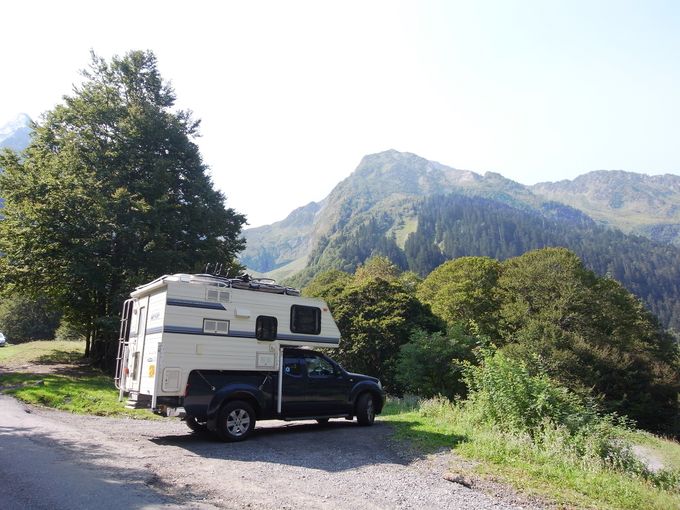
But unlike either a caravan or a motorhome you also have the pick-up’s 4WD capability – that meant on surf trips to Les Landes, for instance, I could drive into the forests inland from the coast and camp up for free; likewise on trips to the Alps and Pyrenees, where with full water tank, full fridge and fully charged solar panels I could be self-sufficient for days at a time.
Of course it ain’t cheap to drive a pick-up loaded with a tonne or so of demountable camper as fuel consumption goes way up, and it’s not the easiest of things to drive – braking is slower and handling is heavier.
On the other hand it’s way more comfortable than a tent and one to add to your potential camping options list. I had a double bed above the driver’s cab, cooker, fridge, toilet, solar shower, heater, music system and when I first bought it there was even a satellite TV installed (I removed that and sold it on eBay – who wants to watch X-Factor when there’s a solid six-foot swell right outside the door?).
TOP TIP: Make sure your demountable camper is lashed down properly. Driving through southern Germany one summer I noticed in the wing mirror that the camper didn’t seem quite straight on the back of the pick-up.
I pulled into a parking lot, clambered out and saw the whole thing had shifted to one side. I hadn’t fastened it down properly at my last stop – good thing I noticed in time otherwise the whole thing would have hopped off and gone for a walk in the Black Forest…
CARAVAN
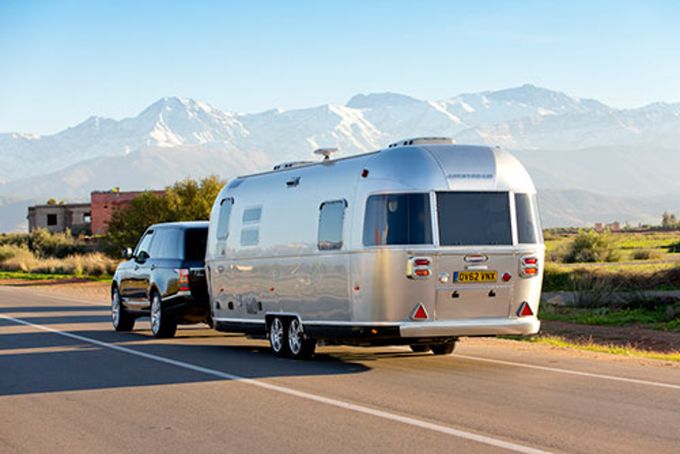
Ironic that Jeremy Clarkson makes such a big deal of disparaging caravans for being uncool when nothing on the planet is as uncool as Mr. Clarkson…
And, in fact, if you get the right caravan you’ll be the coolest dude on the road. Airstream’s beautiful aluminium ‘silver bullet’ caravans – or as the company justifiably prefers to call them, ‘recreational vehicles’ – have been around since the 1930s and incredibly 60 per cent of them are still on the road today. There’s no wondering as to why this makes it into our best camping options list.
That’s because they’re made to the highest specification and they’re made to last – Airstream work on the principle of not making changes, just improvements. An Airstream caravan is more luxurious than a lot of hotels – sumptuous leather upholstery, luxury kitchen appliances, contemporary bathroom and shower units – the danger is that you may prefer to stay inside the thing rather than explore your destination.
“An Airstream caravan is more luxurious than a lot of hotels – sumptuous leather upholstery, luxury kitchen appliances, contemporary bathroom and shower units”
However, quality like this doesn’t come cheap – you’ll be paying well in excess of £50,000 for one of these beauties; there again, it will probably be on the road long after you’re six feet under…
At the opposite end of the scale are funky little T@B caravans. These cute little teardrop shaped caravans would easily fit inside the average Airstream (in fact they look a bit like Airstream babies) and despite being more of a ‘regular’ caravan it’s hard not to agree that they’re still cool.
T@B (pronounced ‘TAB’) is a German company, so as with Airstream the spec is top quality and the interior design is an object lesson in use of space – The L400 TD3 model, which costs around £15k, is just 5.7m long and 2.4m wide yet contains a fully fitted kitchen, bathroom, three berths, living area and storage space.
They even make a jacked-up ‘off-road’ version with an uprated chassis and wheels/tyres so you can really head off into the wild, although I’m yet to discover how easy it is to tow a caravan through the backcountry…
TOP TIP: Brakes can be useful things when you’re towing a caravan. I once parked one on a pretty steep hill in the Yorkshire Dales and forgot to put the car’s handbrake on. I got out of the car only to see both car and caravan slowly setting off downhill, backwards…
Luckily my mate in the passenger seat had more common sense than me and leant over to haul the handbrake on before the residents of Settle were presented with the entertaining spectacle of a car and caravan hurtling backwards through the town centre.
MOTORHOMES
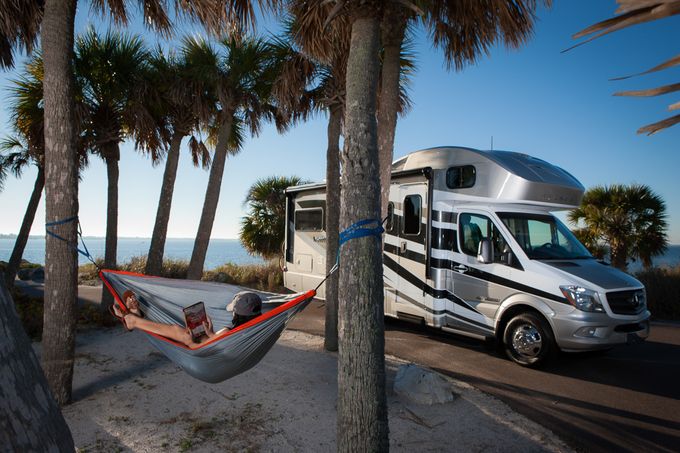
I’ve used motorhomes to search for waves in Ireland, Mexico, Australia and Canada; to search for powder in the Alps and the Rockies; and to simply go nowhere in particular to do nothing in particular.
The travel writer Bruce Chatwin had a theory that humans are hardwired to travel; that there’s a nomad in all of us. And looking at the number of motorhomes on the roads these days it’s hard not to agree.
Asides from being one of the best camping options for safety, motorhomes seem to evoke conflicting emotions in people. Most of us get irritated when stuck behind one on the road, but anyone who likes to travel and explore can also empathise with their use; and, of course, the classic motorhome, the VW camper, is universally loved by one and all.
“I drove an iconic 1966 split-screen VW across Australia. I certainly wouldn’t be in a rush to do it again (you never go anywhere in a rush in a VW camper…)”
Exactly why I’m not sure. I drove an iconic 1966 split-screen VW across Australia many years ago in search of waves and adventure. It was slow, uncomfortable, cramped and unreliable (although it did teach me the basics of how an internal combustion engine works) and I certainly wouldn’t be in a rush to do it again (you never go anywhere in a rush in a VW camper…)
There again if you get something a little more modern you can be comfortable in the worst of weather. I’ve done two ski trips around the French, Swiss and Austrian Alps and one around Utah, Wyoming and Idaho in motorhomes, and they were brilliant experiences.
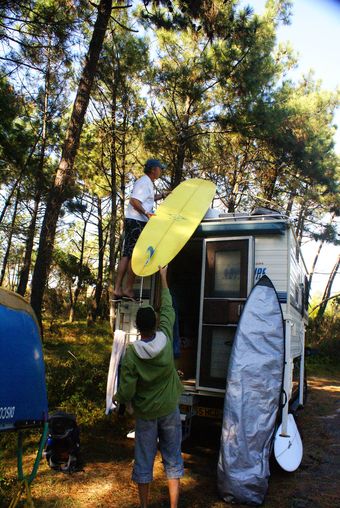
Everyone thinks you’ll freeze; no, it’s really easy to keep a motorhome heated, even when it’s well below zero outside, and with two double beds, a fully-fitted kitchen, fridge and shower in all the vehicles I used we lived far more comfortably than in some ski chalets I’ve endured.
Best of all, you have the choice of parking up beside the ski lift so you can score first tracks, or parking up outside your favourite bar so you only have to stagger a few footsteps to your front door when the après-ski is over.
The classic motorhome, of course, is the Winnebago. You don’t see too many of them on European roads (probably something to do with their massive fuel consumption and massive size) but these vehicles are to motorhomes what Airstreams are to caravans.
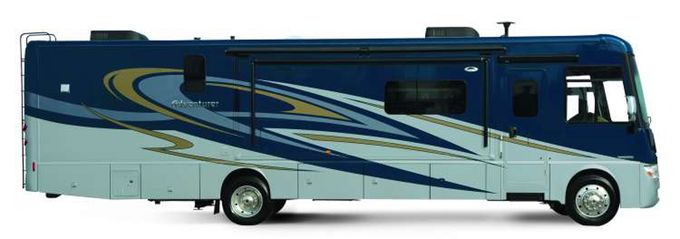
Acres of space and every modern convenience you can think of come as standard, but you need a spacious US Interstate to drive one of these things comfortably since they’re about as manoeuvrable as an oil tanker (and could usefully have one in close attendance to assist with the fuel consumption, which is often less than 10 mpg).
But smaller motorhomes can be just as comfortable, cheaper to run and easier to negotiate down small roads. And if you call yourself a traveller you really should own one at some point in your life; or a caravan, a demountable or a tent.
After all, what’s the point of all those roads that wind their way around the planet if you don’t venture along them from time to time?
TOP TIP: Even the smallest of motorhomes can be tricky to negotiate on narrow roads, so if you set off down one it’s worth knowing if there are passing places or turning spaces along the way.
I was traveling with two friends on Ireland’s west coast in a home conversion motorhome (sleeping arrangements consisted of a three-tier bunk which allowed about 15cm of head space each) when we decided to check out the surf at the end of a long, narrow country road.
We got to the coast just fine, only to discover the waves were un-surfable and there was absolutely no way to turn round above the beach. Cue 4km reversing manoeuvre back to the main road and a very stiff neck for the driver…
In the future when it comes to choosing the best camping options available to you, consider these tips to get the best possible experience you can.
You may also like:
This Lego Camping Video Is The Coolest Thing You’ll See Today
This Crazy Inventor Built the World’s Best Camper Van, And He’s Giving it to a 4-Year-Old Girl
